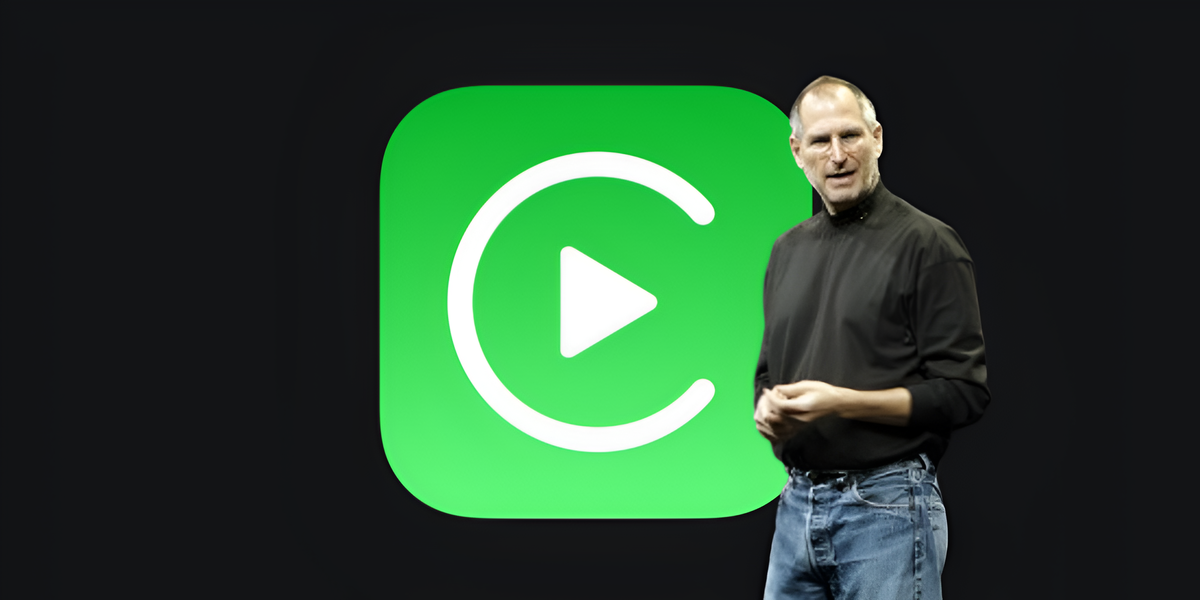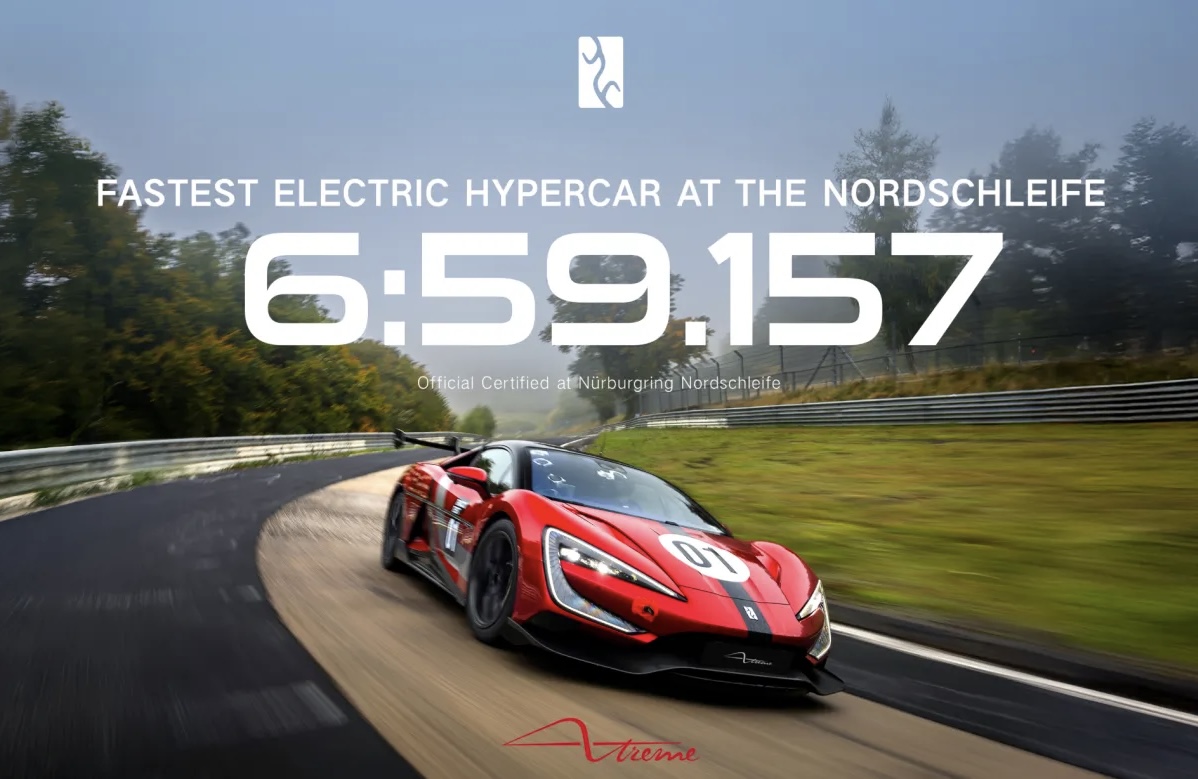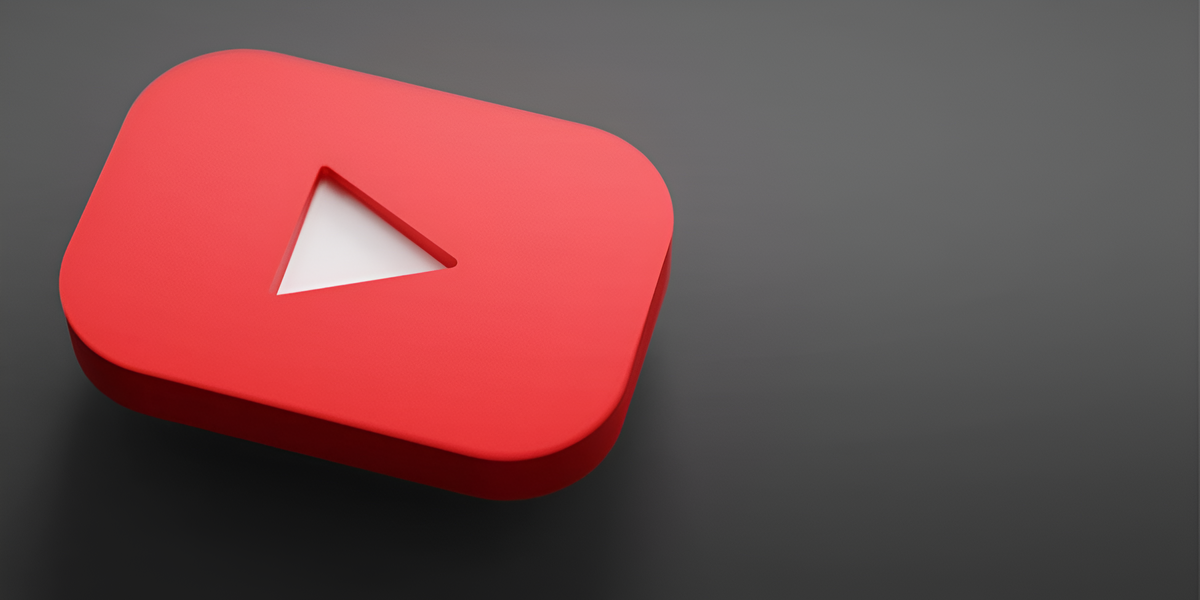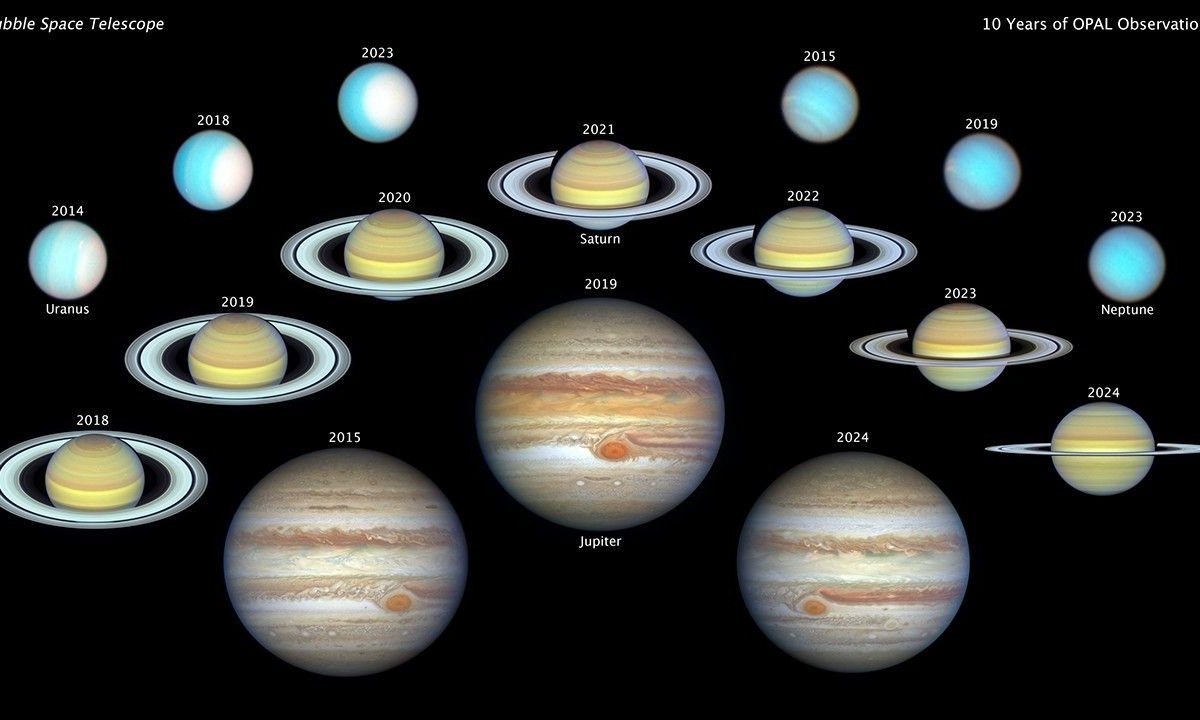TecMundo and team #AstroMiniBR Each week, they choose the best astronomical curiosities to share with you a little more of the unusual and fantastic world of astronomy. Check it out below!
1. Changes of Jupiter, Saturn, Uranus and Neptune in 10 years!
Hubble Space Telescope in the last decade Closely monitored the weather patterns of Saturn, Jupiter, Uranus and Neptunereveals significant changes in their atmosphere. These ongoing observations have revealed the unique dynamics of these gas and ice giants, capturing dramatic changes in storms, cloud formations, and atmospheric behavior.
New, smaller storms have emerged, while Jupiter’s famous Great Red Spot has seen a noticeable decrease in size. Changes have been detected in Saturn’s equatorial and polar cloud bands, which are affected by the planet’s seasonal changes.
On Uranus, the north pole of which is already in summer (lasting 21 Earth years), a bright polar cap consisting of methane ice has appeared.
During the northern hemisphere winter, Neptune exhibited a large dark storm approximately 11,000 kilometers long, accompanied by “companion clouds” formed by methane ice formed due to convection currents pushing materials into higher layers of the Earth’s atmosphere.
2. A moon effect on Mars!
Phobos, the larger of Mars’ two moons, is on an inevitable collision path with the red planet. Orbiting just 6,000 km from the surface of Mars, it is closer to its planet than any other moon in the Solar System. Phobos is being pulled towards Mars at a rate of about 2 centimeters per year due to tidal forces..
Scientific models predict that Phobos will disintegrate within 30 to 50 million years as it crosses the Roche limit, the point at which Mars’ gravitational forces will overcome the Moon’s internal integrity. So Phobos will likely collapse into a ring of debris around Mars before reaching the surface.
Studies suggest that this ring may last hundreds to thousands of years before pieces begin falling towards the planet.
The impact of fragments on the Martian surface would create a series of craters, some significant, depending on the size of the fragments remaining after the fragmentation. This event could completely change the environment on the surface of Mars, especially if smaller particles are released into the planet’s thin atmosphere, creating dust and partially blocking sunlight.
For future human or robotic missions, Destroying Phobos could pose a potential challenge due to risks associated with orbital fragments and impacts on the surface.
3. Sandstorms on the red planet!
satellite recently Mars Reconnaissance Orbiter NASA has recorded new dust storms on Mars in high resolution, allowing scientists to precisely map their formation, evolution and dispersal. Some of the largest storms in the solar system, these storms cover large regions of the planet and significantly affect global climate..
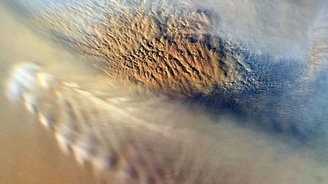
These observations revealed that Martian winds reaching 100 km per hour lift fine particles, creating a cooling effect on the surface and heating in the upper atmosphere. Research also suggests that these storms may play an important role in the planet’s water loss cycle.
These discoveries are important for understanding the climate history of Mars and how the planet lost its former dense atmosphere. With this information, future missions, such as those planning to bring Martian soil samples back to Earth, can be adjusted to better deal with these still unpredictable events.
Did you like the content? So, always stay updated with more astronomy curiosities at TecMundo! See you next Monday!
Source: Tec Mundo
I’m Blaine Morgan, an experienced journalist and writer with over 8 years of experience in the tech industry. My expertise lies in writing about technology news and trends, covering everything from cutting-edge gadgets to emerging software developments. I’ve written for several leading publications including Gadget Onus where I am an author.



